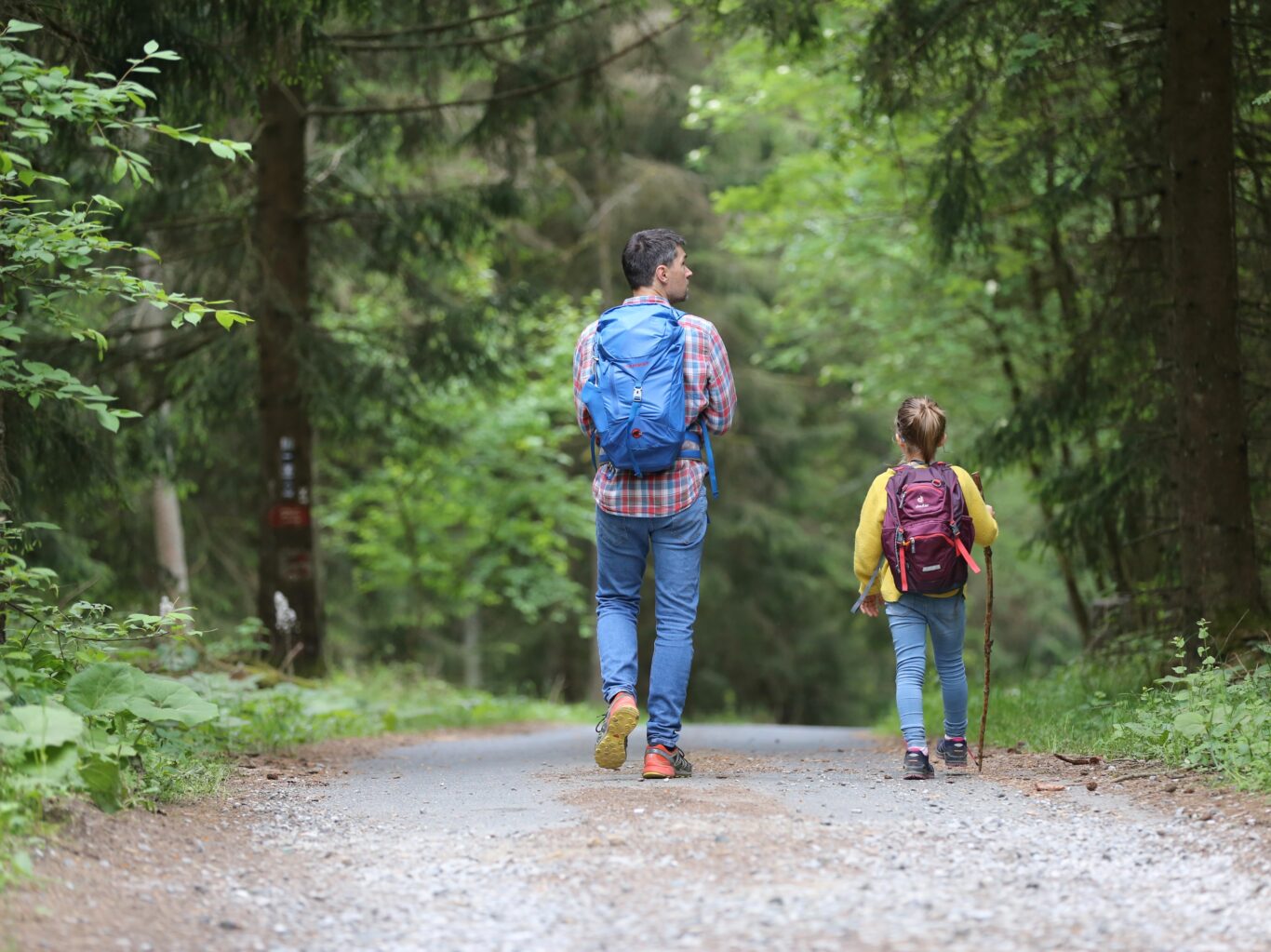
If you’re going hiking, the Leave No Trace principle can help protect the environment while staying safe. Learn how to implement them so you can enjoy your hike with peace of mind. As you plan your hike with family or friends, it’s essential that you are well prepared. Keep reading to discover some of the most commonly experienced issues on a trail, and how you can avoid them.
Take Nothing, Leave Only Footprints
Hiking is one of the best ways to connect with nature, but doing it requires adhering to certain guidelines designed to limit your impact on the outdoors.
Leave No Trace (LNT) is a set of seven principles created by the Leave No Trace Center for Outdoor Ethics to preserve natural and protected places. Find out more about them, how you can implement them into your hiking trips here, and more about Leave No Trace as part of an outdoor ethics code here.
LNT (Leave No Trace) stands by its principle that all trash be collected and removed, including food waste, leftovers such as grease or peels from fruit trees, cores from core trees or soap (which could harm wildlife if inhaled).
Be Prepared
The Leave No Trace principle is designed to guide hikers and campers on how to minimize their environmental footprint while enjoying nature. Although these guidelines were originally established for use in backcountry environments, they have since become applicable everywhere from urban parks to beaches.
Picking up trash is a part of life. Many individuals equip themselves with rubbish pickers and bags in order to not only collect their own waste but also contribute to improving the environment by collecting trash from others.
Staying on designated trails is of utmost importance in Leave No Trace; hiking off-trail can cause erosion, destruction of vegetation and killing plants that are endangered – as well as polluting clean water sources.
Use Sustainable Hiking Gear
Sustainable hiking gear can help lessen your environmental footprint on the trails. Traditional gear, made of synthetic materials that take decades to decompose, can release harmful chemicals into the soil and waterways.
Now, more than ever before, there are eco-friendly hiking options! To contribute towards a more eco-friendly marketplace, look for brands that source their clothing, footwear and accessories from recycled materials.
Buy secondhand gear when possible – many brands, like Patagonia and REI, offer used sections where you can find high-quality outdoor products which have already been used before.
Stay on the Path
Abandoning the trail can cause irreparable harm to natural resources, promote erosion, and can even be dangerous. Although it may be tempting to veer from the trail in search of better views or taking photographs, doing so could damage its ecosystem and result in injuries or even fatalities.
Hiking alone can be challenging, and if you find yourself lost the last thing you should do is panic. Stay relaxed and take as many deep breaths as necessary to help calm your racing mind.
Respect Other Hikers
Hiking is an excellent way to escape the bustle and noise of daily life, yet it still requires respecting fellow hikers. This is especially important for novice hikers with little hiking experience. Even experienced trekkers must remain courteous and friendly when encountering other trail users.
Etiquette in hiking can be done easily: greeting your fellow hikers with a simple “hello!” can make all the difference and even save lives should someone need your assistance in an emergency situation.
Take Out What You Take In
Hiking is an incredible outdoor activity that provides an escape from everyday routine and brings fresh air into your life, but there are a few precautions you need to take to ensure it remains eco-friendly.
Start off right by taking at least a 15-minute break every hour to refresh both body and mind. Bring water and drink lots of it during these breaks. Doing this will also help remove metabolic waste products that build up over time in your cells while working hard.
Next, always bring toilet paper and hand sanitizer with you in order to prevent germs from spreading on the trail. Additionally, be sure to bury any bodily waste at least 200 feet from any sources of water.
Practice Campfire Safety
Campfires are an integral part of the camping experience, creating lasting memories while fueling adventure. But they can be hazardous if not approached with proper safety guidelines in mind.
Assuring fire safety while hiking shouldn’t be difficult if broken down into easily understood principles. For example, only lighting campfires when the risk of wildfire is minimal, using existing fire rings and collecting wood from nearby campsites.
Burning trash in a campfire should also be avoided as this can release carcinogenic agents into the environment when ignited. Plastic containers and bags contain carcinogens which become released when these are burned.